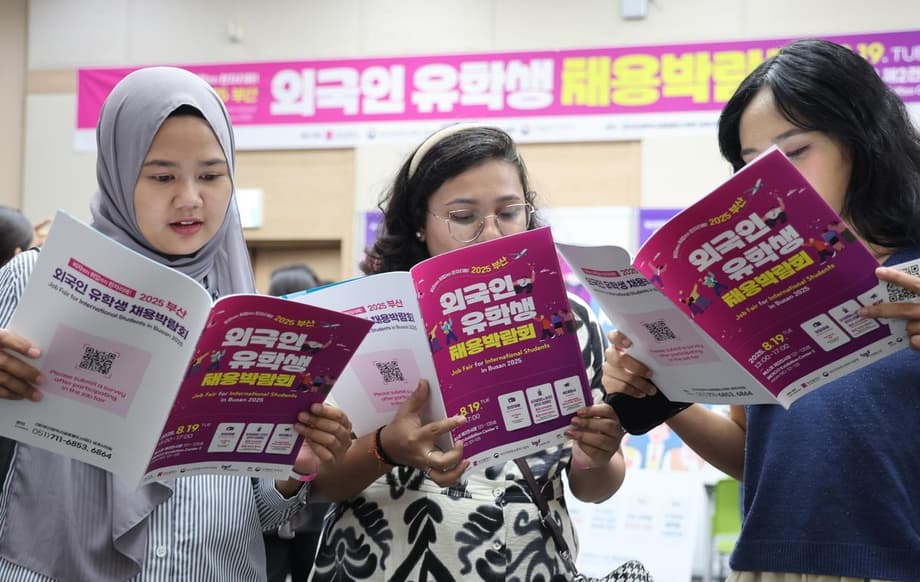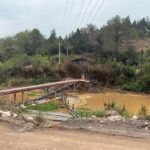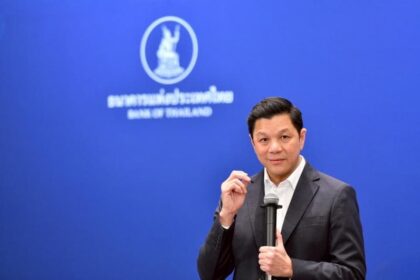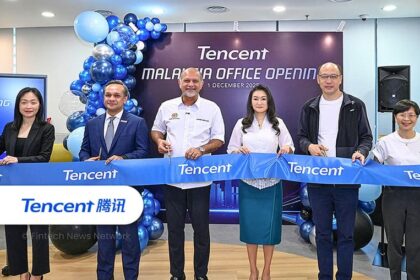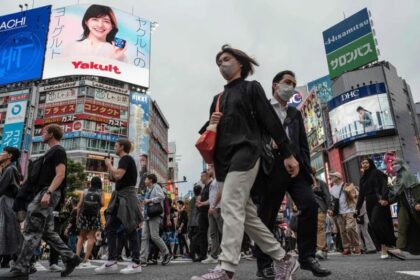Why graduate tracking is in the spotlight
South Korea’s flagship Global Korea Scholarship, a long running program that has funded international study since 1967, is under pressure to prove results after a sharp drop in contact with its graduates. The scholarship covers tuition, airfare and a monthly allowance, and it has helped build educational ties with 160 plus countries. Yet the agency that manages the program struggled to reach its alumni this year, touching off a debate over oversight, regional balance and whether today’s selection priorities still match the program’s original development mission.
- Why graduate tracking is in the spotlight
- What the numbers show
- How the Global Korea Scholarship works
- Seoul placements versus regional goals
- ODA mission or talent recruitment
- A changing policy environment for foreign graduates
- Why contact with alumni is so hard to maintain
- Options on the table for tighter oversight
- At a Glance
According to a 2024 survey by the National Institute for International Education, which administers the scholarship, only 15.8 percent of 10,269 graduates responded to email outreach. That means eight out of ten did not reply. A year earlier, a parliamentary audit found that 70 percent of 14,111 graduates were unaccounted for. The government spent more than 419.1 billion won over the past four years on the program. Its annual budget has risen from 81 billion won in 2022 to more than 130 billion won this year. With more money going into scholarships and thousands of new grantees each cycle, lawmakers are pressing for a clearer line of sight into graduate outcomes.
What the numbers show
Two trends drew the sharpest criticism. First, the response rate problem. The NIIED survey submitted to lawmakers shows an 84 percent non response rate, a setback compared with last year. Email based tracking is only one indicator, yet the scale of non response has amplified concern about accountability and the ability to measure the program’s impact.
Second, the concentration of grantees in and around Seoul. Of 7,042 students admitted from 2022 to 2025, 60.2 percent were placed at 38 universities in the metropolitan area. Within that, 34 percent were clustered in the top 10 institutions, including Seoul National University, Korea University and Yonsei University. By comparison, 72 universities outside the capital region hosted 39.8 percent of Global Korea Scholarship students.
Rep. Kim Jun hyuk of the ruling Democratic Party of Korea warned that the pattern is reinforcing long standing inequalities in higher education and research.
“Universities in the Seoul metropolitan area already monopolize top domestic talent, and now the growing concentration of international students is deepening that dual structure.”
How the Global Korea Scholarship works
The program supports both undergraduate and graduate study. For graduate students, the typical scholarship length includes one year of Korean language training and two years for a master’s degree or three years for a doctoral degree. Undergraduate awards include a year of language training followed by a multi year degree. The package covers round trip airfare, tuition, language training, and a monthly allowance. There are also completion or language proficiency incentives for those who reach high levels on the Test of Proficiency in Korean.
Selection operates on two main tracks. The Embassy Track lets applicants compete for country specific quotas with the option to list multiple universities. The University Track involves applying directly to a participating university. Both routes include document screening and a centralized review by NIIED, with final university confirmation in the case of Embassy Track candidates. Several announcements describe dedicated seats tied to regional universities within these quotas, which are intended to spread placements beyond the capital area.
NIIED’s stated mission reflects the diplomatic and educational goals that shaped the scholarship over decades.
The institute describes the scholarship as an effort to “enhance international education exchange and strengthen mutual friendship between Korea and participating countries.”
Seoul placements versus regional goals
Concerns about concentration in Seoul overlap with broader anxieties about regional vitality. Korean policymakers have tried to support regional universities for years, including through special zones for education globalization and partnerships with local governments and companies. The Global Korea Scholarship includes regional components within its quota design, yet the latest distribution figures show that the gravitational pull of the capital region remains strong.
Supporters of stronger regional placements argue that international students can boost local economies, bring language and technical skills to midsize cities, and help build research capacity outside Seoul. Government plans tied to international student recruitment speak to these aims, including proposals to broaden course offerings in English and to back joint programs that connect regional campuses with industry.
ODA mission or talent recruitment
The program’s identity sits at a crossroads. It grew out of Korea’s official development assistance portfolio, which frames scholarships as part of sharing expertise with partner countries. Today, some lawmakers argue that selection has tilted toward university internationalization and domestic talent recruitment. In 2024, 18 percent of recipients came from developed countries, a share that critics say blurs the line between ODA and national labor market goals.
Rep. Kim Dae sik of the main opposition People Power Party called for a clear split in objectives.
“ODA represents Korea’s commitment to international solidarity as a donor country. The program should be restructured into a two track system separating ODA goals from domestic policy aims and balancing international solidarity with talent recruitment.”
This debate mirrors challenges many donor countries face. Scholarships can build goodwill, support reforms in partner governments and create lasting alumni networks. They can also serve domestic priorities by attracting researchers and specialists to local industry and universities. A transparent framework that defines streams, selection criteria and performance indicators can help reconcile those goals.
A changing policy environment for foreign graduates
Korea’s international student policy is shifting quickly. A national plan targets 300,000 international students by 2027, responding to demographic pressures and a need for more high tech talent. Rules have been eased to boost appeal. International students can work more hours during study, and from 2025 graduates will be allowed to remain for up to three years to seek jobs, up from six months previously. Permanent residency pathways are being fast tracked for science and engineering graduates. Financial requirements for study visas have been lowered, with lighter thresholds for regional universities. The aim is to raise enrollment, diversify source countries and better connect education with industry.
At the same time, the application system is changing. Authorities have promoted an online process through the Study in Korea website, moving away from in person embassy submissions. However, a system suspension required embassies in some countries to accept hard copy submissions and revise schedules, according to official notices. University Track applicants could continue to file with institutions directly where instructed. These operational shifts matter for tracking graduates as well, since future alumni records will be tied to centralized digital accounts rather than paper based archives.
Why contact with alumni is so hard to maintain
High non response rates do not always mean graduates are lost. People change contact details after graduation. University email accounts expire, students switch to different addresses, and some return to places where stable internet access or spam filtering makes outreach harder. Privacy rules can also limit how institutions share or verify data across borders. Alumni scatter across countries, employers and time zones, and many no longer check the addresses they used during language training or their first semester in Korea.
These realities are common in international programs. Effective tracking requires consent driven data collection, multiple communication channels and reliable incentives to encourage timely replies. A clean registry and a plan for periodic re validation can improve response rates. So can using platforms that alumni prefer, such as mobile messaging, rather than relying on a single round of bulk emails.
It also helps to distinguish between non response and unknown status. A graduate who does not reply may still be active on employment networks, enrolled in a doctoral program or living in Korea on a work visa. Without a system that cross references different signals, the picture can look worse than it is.
Options on the table for tighter oversight
Lawmakers are pressing for a structured outcome tracking system that fits the scholarship’s scale and public funding. Several practical steps are available. Periodic check ins at set milestones, for example at six, 12 and 24 months after degree completion, can capture early career outcomes. Online forms tied to a secure alumni portal can keep collection costs low. A brief completion survey at the point of graduation can also update personal email, phone, country of residence, and consent preferences.
Embassies and alumni associations can extend reach. Many partner countries have active Global Korea Scholarship alumni communities and student associations in Korea. Coordinated outreach, small alumni micro grants and recognition for participating networks can lift response rates without significant expense. Universities can also build this into thesis submission or graduation clearance so that students confirm updated contact information before they leave campus.
Digital identity is another piece. A single account that spans the Study in Korea application, language institute enrollment and university records can cut duplication and keep contact details current. Deleting inactive emails from mailing lists and validating addresses before mass outreach improves deliverability and reduces messages that land in spam folders. All of this must follow data protection rules in Korea and in alumni home countries, with opt in consent and clear retention policies.
Finally, a clarified program design would support measurement. If an ODA stream prioritizes students from developing partner countries, its metrics could focus on contributions back home, public sector roles or academic capacity building. If a talent attraction stream targets advanced researchers, its metrics could track Korean employment, patents or industry collaboration. Reporting to the National Assembly would then aggregate outcomes by stream, region and field of study. This would show taxpayers what the scholarship delivers and help NIIED adjust quotas across regions and disciplines.
At a Glance
- Only 15.8 percent of 10,269 surveyed Global Korea Scholarship graduates replied to outreach in 2024, with 84 percent non response.
- Non response worsened from 2023, when 70 percent of 14,111 graduates were unaccounted for in a parliamentary audit.
- Government spending on the scholarship exceeded 419.1 billion won over four years, with the annual budget rising above 130 billion won.
- From 2022 to 2025, 60.2 percent of 7,042 grantees were placed in Seoul area universities, and 34 percent in the top 10 universities.
- Lawmakers urged clearer separation of objectives, proposing distinct ODA and talent recruitment streams.
- NIIED manages Embassy and University selection tracks, with language training and full tuition among the benefits.
- Policy shifts aim to attract 300,000 international students by 2027, with longer stay options after graduation and easier work rules.
- Online applications are expanding, while recent system issues led some embassies to accept paper submissions temporarily.
- Better graduate tracking could combine scheduled check ins, alumni networks and a secure digital registry with consent based data.
- Regional placement incentives remain a priority to reduce concentration in the capital and strengthen universities outside Seoul.


